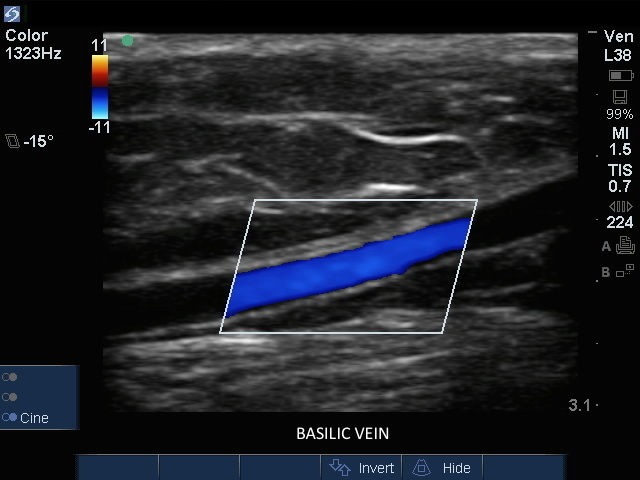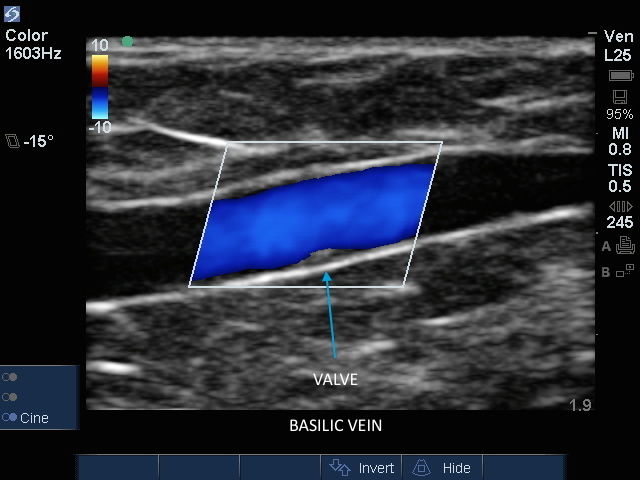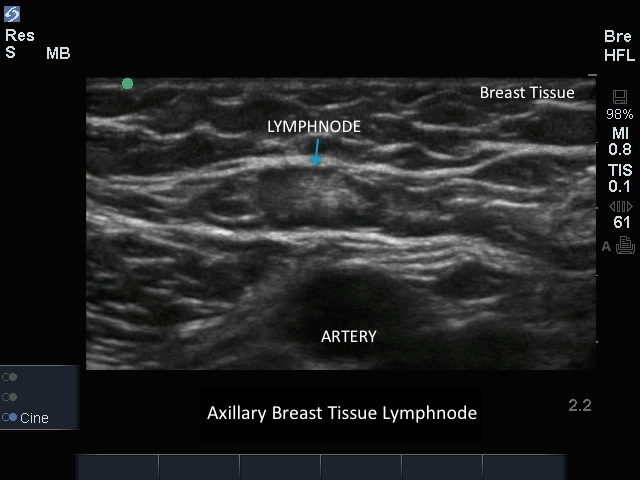Basilic Vein Trv
Basilic Vein Trv

/sites/default/files/201408_IMAGE_EDGE_BASILIC_VEIN_TRV.jpg
Clinical Specialties
Media Library Type
Media Library Tag
Compatible Products
Sonosite Edge






